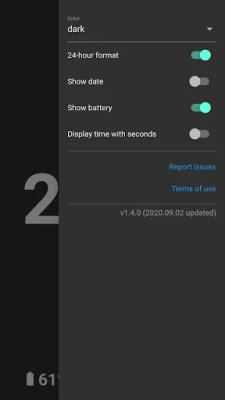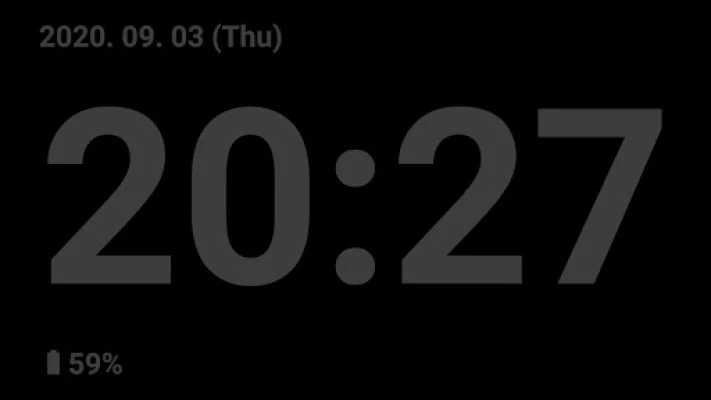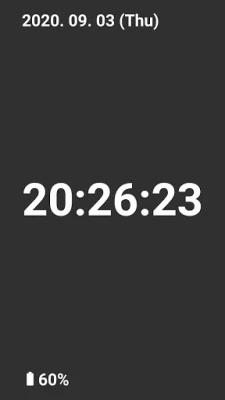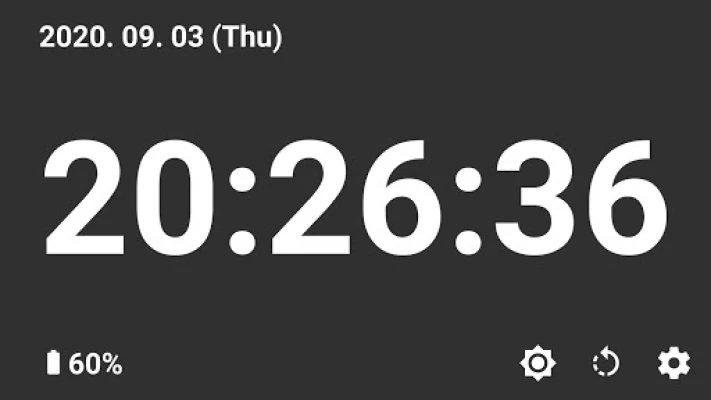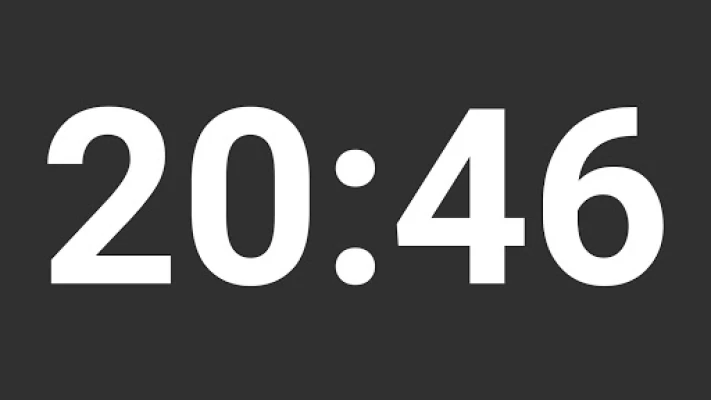
Latest Version
1.12.0
April 30, 2025
ChamomileCode
Tools
Android
0
Free
com.chamomilecode.digital_clock
Report a Problem
More About Digital Table Clock
Ultimate Guide to Customizing Your Digital Clock: Features and Settings
In today's fast-paced world, having a reliable digital clock is essential. Not only does it keep you on schedule, but it also offers various customization options to suit your preferences. This article explores the key features of a digital clock, including design choices, time formats, and additional functionalities that enhance user experience.
Display Options: Date, Day, and Time
A digital clock primarily serves to show the current date, day, and time. This straightforward display ensures that you can quickly glance at the clock and know exactly what time it is, along with the date and day of the week. This feature is particularly useful for those who need to keep track of appointments and deadlines.
Customizable Designs for Personal Preference
One of the standout features of modern digital clocks is the ability to select from two distinct designs in the settings. This customization allows users to choose a style that complements their home or office decor. Whether you prefer a minimalist look or something more vibrant, having design options enhances the overall aesthetic of your space.
Time Format: 12-Hour vs. 24-Hour Notation
Another important aspect of digital clocks is the choice between 12-hour and 24-hour notation. This flexibility caters to different preferences and regional standards. Users can easily switch between formats, ensuring that they can read the time in a way that feels most comfortable and familiar.
Always-On Display: Never Miss a Beat
One of the most convenient features of a digital clock is its always-on display. Unlike traditional clocks that may require you to press a button to see the time, a digital clock remains illuminated while showing the time. This feature is particularly beneficial during the night or in dimly lit environments, allowing you to check the time effortlessly.
Battery-Saving Dark Mode
For those concerned about battery life, the dark color option is a game-changer. By selecting this mode, users can significantly reduce battery consumption, making it ideal for prolonged use. This feature is especially useful for devices that rely on battery power, ensuring that your clock remains functional for longer periods without needing a recharge.
Eye Protection with Night Mode
In addition to battery-saving features, many digital clocks come equipped with a night mode. This setting adjusts the brightness of the display, making it easier on the eyes during nighttime hours. By reducing glare and harsh light, night mode allows users to check the time without straining their eyes, promoting better sleep hygiene.
Battery Capacity Display: Stay Informed
Another practical feature is the battery capacity display option. This function provides users with real-time information about the remaining battery life, ensuring that you are never caught off guard by a dead clock. Knowing the battery status allows for timely recharging, keeping your clock operational when you need it most.
Second Display Option: Enhanced Functionality
For those who require additional functionality, the second display option is a valuable feature. This allows users to view multiple time zones or additional information simultaneously. Whether you’re coordinating with colleagues in different regions or simply want to keep track of another location, this feature enhances the clock's utility.
Flexible Orientation: Horizontal and Vertical Rotation
Lastly, the ability to rotate the display horizontally or vertically adds another layer of customization. This feature is particularly useful for users who want to position their clock in various orientations, ensuring optimal visibility from different angles. Whether you place it on a desk, mount it on a wall, or use it as a bedside clock, this flexibility enhances usability.
Conclusion: Elevate Your Timekeeping Experience
In conclusion, a digital clock is more than just a timekeeping device; it is a customizable tool that can enhance your daily routine. With features like customizable designs, multiple time formats, always-on displays, battery-saving modes, and more, you can tailor your clock to fit your lifestyle. Embrace these functionalities to elevate your timekeeping experience and ensure you stay on track, no matter where life takes you.
Rate the App
User Reviews
Popular Apps




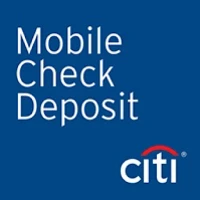




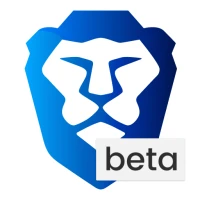
Editor's Choice











